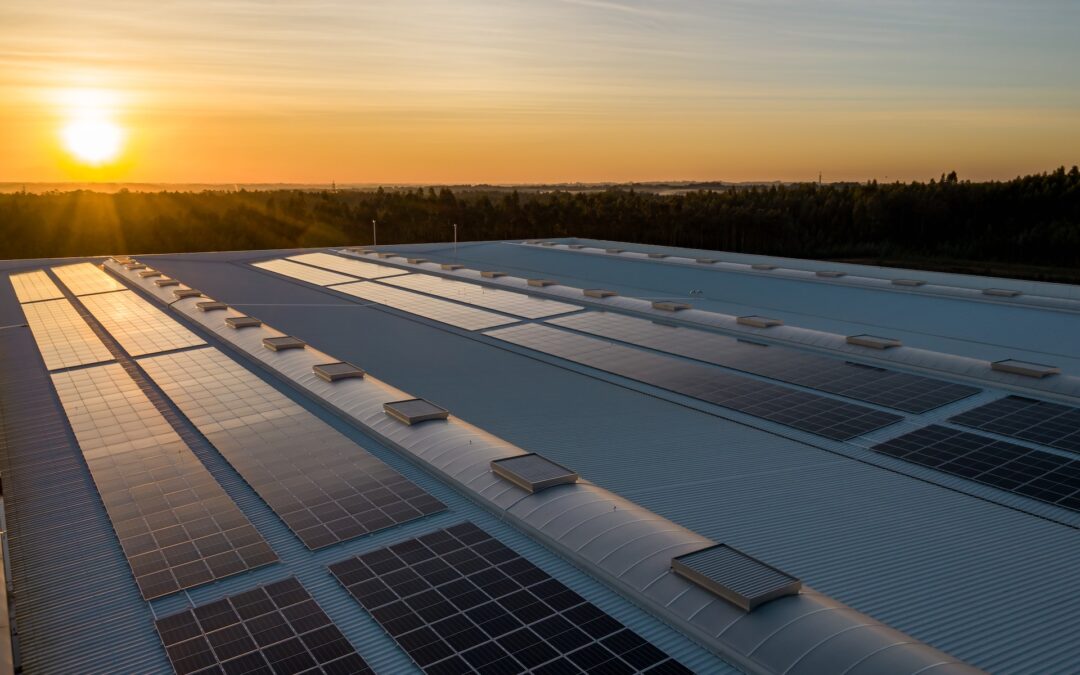In a bold move towards a sustainable future, the California Energy Commission (CEC) introduced the Title 24 mandate in 2022, requiring the installation of solar panels and energy storage systems in new commercial buildings. This landmark mandate is projected to contribute an additional 280 megawatts (MW) of solar energy annually, making California a frontrunner in environmentally conscious commercial construction practices.
The Title 24 Mandate: A Game-Changer for California Commercial Construction
The Title 24 mandate issued by the California Energy Commission has set a new standard for sustainable commercial construction practices. This groundbreaking regulation mandates the incorporation of solar panels and energy storage solutions in new commercial buildings. The goal is twofold: reducing the environmental impact of these structures and ensuring a reliable secondary energy source, especially during blackouts—an unfortunately frequent occurrence in the state.
The immediate benefits of complying with this mandate are multifold and have far-reaching implications for both businesses and the environment. Firstly, the integration of energy storage systems alongside solar panels ensures that businesses can rely on a backup power source in times of grid failure. This reliability is crucial not only for business operations but also for emergency response and community services. Additionally, adhering to the mandate may make businesses eligible for the solar investment tax credit, thereby encouraging more organizations to invest in renewable energy solutions. Furthermore, the mandate might render commercial establishments eligible for cash rebates from local utilities, providing financial incentives for adopting green energy practices. Last but not least, the implementation of solar panels and energy-efficient technologies invariably leads to substantial utility bill savings, bolstering a business’s long-term financial health.
Showcasing Solar Success: Notable Examples in California’s Commercial Construction
Two standout examples illustrate the successful integration of solar panels in California’s commercial construction projects, exemplifying the mandate’s transformative impact on the industry.
George Lucas Museum: A Monument to Sustainability and Innovation
The George Lucas Museum, an $1 billion, 11-acre architectural marvel, stands as a testament to visionary design and sustainable construction practices. Designed by celebrated architect Ma Yansong of MAD Architects, in collaboration with Stantec as the executive architect, the museum is slated to open in Los Angeles’s Exposition Park in 2025. The museum’s futuristic design, primarily composed of steel, glass, concrete, wood, and other innovative materials, incorporates more than aesthetics—it embraces sustainability.
The museum’s circular roof serves as a canvas for renewable energy integration, with 15% of the facade adorned with solar panels. This strategic placement of solar panels is expected to significantly reduce the museum’s energy consumption. As the colossal building gently sways on its base isolation system during earthquakes, it’s also a symbol of resilience in the face of natural challenges. The inclusion of solar panels not only aligns with the Title 24 mandate but also sets an inspiring precedent for the role of commercial construction in shaping a more sustainable future.
Six Flags Magic Mountain: Powering Fun with Solar Energy
Six Flags Magic Mountain, a renowned amusement park in Los Angeles, is embarking on a remarkable journey towards sustainability with its 12.37-megawatt solar carport and energy storage system project. This initiative positions the amusement park as a leader in responsible energy consumption within the entertainment industry. The solar carport, which will be constructed over the main guest parking lot, is anticipated to become the largest single-site commercial renewable energy project in the state. Moreover, the energy storage system, generating nearly 2 megawatts of power, will contribute to offsetting the park’s energy consumption, reflecting a commitment to minimizing its carbon footprint.
The California Energy Commission’s Title 24 mandate has ushered in a new era of sustainable commercial construction practices in the state. With the integration of solar panels and energy storage systems, businesses are not only enhancing their operational resilience but also contributing to a cleaner and more sustainable future. The examples of the George Lucas Museum and Six Flags Magic Mountain underscore the mandate’s transformative impact, demonstrating that responsible energy consumption can go hand in hand with innovation and economic growth. As California’s commercial construction landscape continues to evolve, the Title 24 mandate stands as a beacon of hope, guiding the industry towards a brighter, greener, and more sustainable tomorrow.

